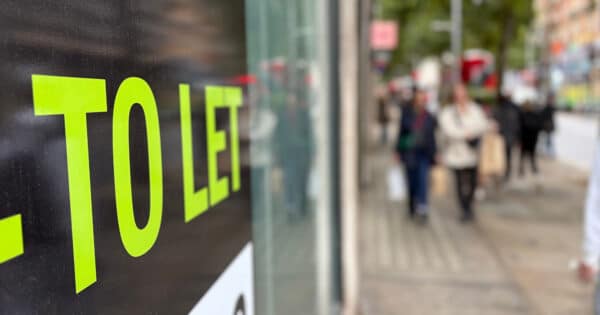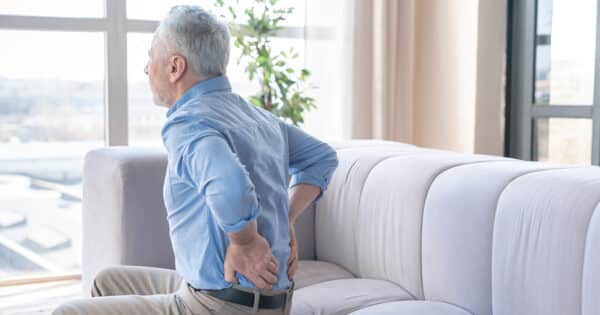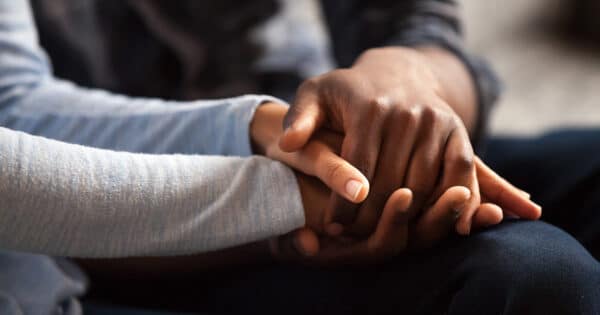As a keen cyclist I am delighted to have the better summer weather arrive to enjoy my chosen routes, and not surprising that there is an increased number of cyclists around on our roads with the same objective in mind.
The cyclists range from the serious professional with expensive bikes and kit to the amateur who is taking their good old trusty cycle out for its once every few years outing!
Whilst I endeavour to stick to the cycle paths of which are very good in the area in which I live there are occasions when I must ride with the other traffic on the road.
On the whole my experience as a cyclist has been a good one but there have been two notable occasions that stay in the back of my mind.
The first occasion, I was cycling in Hampshire along a country road that had sufficient room for two cars abreast and was relatively straight. Unfortunately, the driver of an overtaking 4×4 was seemingly unwilling to use the width of the road, notwithstanding the absence of any other traffic, and came so close to my cycle as he passed that I was almost pushed off the road.
The second instance, I was a pedestrian in London walking on the pavement outside the Royal Court’s of Justice on The Strand when I intended to use the zebra pedestrian crossing. I waited for the traffic to stop to permit me to cross which I duly started but upon passing the first car a cyclist filtering between the stationary cars came passed me so close that my glasses almost came off. It was perhaps unfortunate for the cyclist that one of the two stationary cars at the zebra was a police car that duly stopped the cyclist and gave a firm warning.
As a cyclist, car driver, and pedestrian I have the opportunity to reflect on how I use the road may impact on others. At the end of the day we all want to go from point A to point B as safely as possible.
I would offer the following tips for cyclists:
-
Ensure your bike is in good condition before embarking on your trip. It is never a great way to end a trip pushing your cycle home along a busy road because the tyre was in poor nick or the chain badly maintained.
-
Do a quick check of the bike to ensure that the reflectors are clean, and any lights have working batteries.
-
Consider the kit you will be wearing. Are you likely to be visible to other road users. Try to avoid dark colours. Fluorescents tend to be the favourite to use.
-
Have a bite to eat before you go out to ensure your sugar levels are good or take a snack with you to avoid any dizzy spells.
-
Check your water bottle is full. It can be thirsty work pedalling – particularly uphill!
-
Plan your journey to ensure you know your route, and consider the cycle paths as an alternative to those roads without them.
-
Look ahead when you are cycling to try to identify any potential hazards. I try to look as far as I can then work back looking for any pot hole that might damage the bike (or throw me off!), any pedestrian likely to enter to the road and any vehicles.
-
Adjust your speed on approach to any of those hazards in case you need to stop.
I don’t suggest the above is an exhaustive list but from my own experience it is a helpful start. As a member of a cycle club you can often gather more information on how to improve your cycling experience.
In those cases when something does go wrong don’t be afraid to take a legal opinion. I have acted for cyclists who have been injured by a motor car, or a defect in the carriageway and, on occasion, another cyclist! Unfortunately the injuries tend to be very serious due to the absence of robust kit that would undermine the enjoyment of cycling.
Matthew Claxson is a member of CyclingUK, and a keen cyclist. He is a solicitor and partner in the serious injury team of Moore Blatch. If you have suffered serious injury or have been bereaved then contact Matthew on Freephone 0800 157 7611 or by e-mail matthew.claxson@mooreblatch.com. Matthew is also on LinkedIn and Twitter @matthewclaxson







